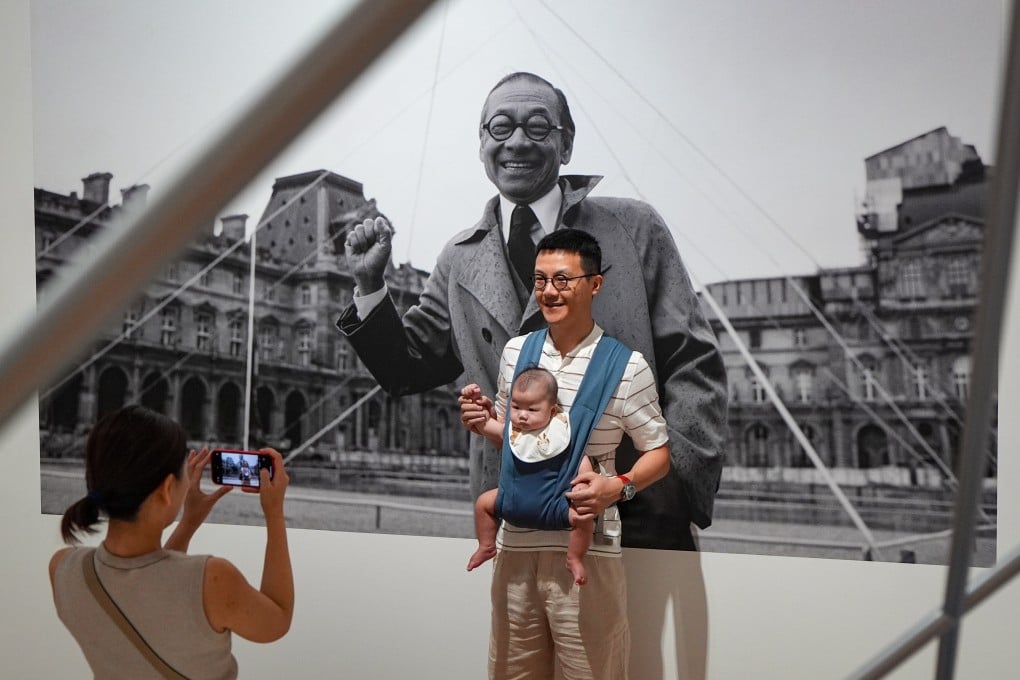Advertisement
Opinion | Humanist first, architect second: I.M. Pei retrospective is a dose of optimism
- M+ exhibition is a must-see, not only for artists and architects but anyone who believes in old-school meritocracy and celebrating diversity
Reading Time:4 minutes
Why you can trust SCMP
1

Born in Guangzhou in 1917, Ieoh Ming Pei – better known as I.M. Pei – moved to Hong Kong with his parents a year later. He attended St Paul’s College before relocating to Shanghai at the age of 10. Although he lived in Hong Kong briefly, we would very much like to claim him as one of our own.
Most of us are familiar with him because of the Bank of China Tower, whose iconic facade has become part of the face of Hong Kong, appearing on our bank notes and various memorabilia. It stands proudly in Central district, where neighbours could hardly ignore its shard-like presence and feng shui masters were challenged to divert its unapologetically aggressive aura.
But the Bank of China Tower was more than extraordinary architecture, it was a prelude to the rise of a world power and a symbol of the motherland’s financial re-emergence years before Hong Kong’s handover.
Pei’s life has been well documented, from his affluent background to upbringing in Shanghai and Suzhou, his architectural education at Massachusetts Institute of Technology (MIT) and Harvard University to his high-profile building commissions, not to mention his long list of accolades and honours, including the Pritzker Architecture Prize, AIA Gold Medal and US Presidential Medal of Freedom. The exhibition “I.M. Pei: Life Is Architecture” at the M+ Museum captures all of the above and more.
If titled “Architecture Is Life,” the exhibition would merely narrate from Pei’s point of view what architecture meant to him. But the exhibition refers to “Life Is Architecture” in which life is prioritised and Pei’s works democratised. In this light, architecture was a medium, a means or a metaphor through which we can explore deeper life meanings through Pei’s lens.
The exhibition is timely, coming amid a transformation in the design world, among other professional fields, when creativity and grunt work could arguably be automated. Critically acclaimed as they are, Pei’s buildings are down to earth, resolute and timeless. They were determined to resolve rigorous issues from site conditions and budget constraints to the functional requirements of the modernist’s favourite geometries.
Advertisement
Select Voice
Choose your listening speed
Get through articles 2x faster
1.25x
250 WPM
Slow
Average
Fast
1.25x
